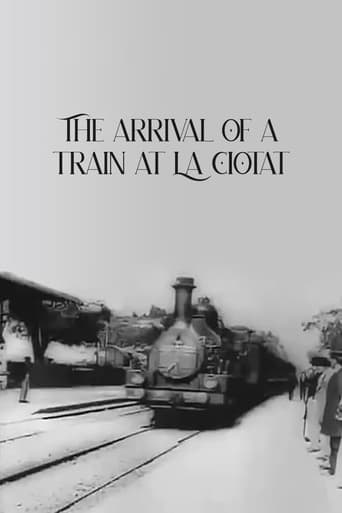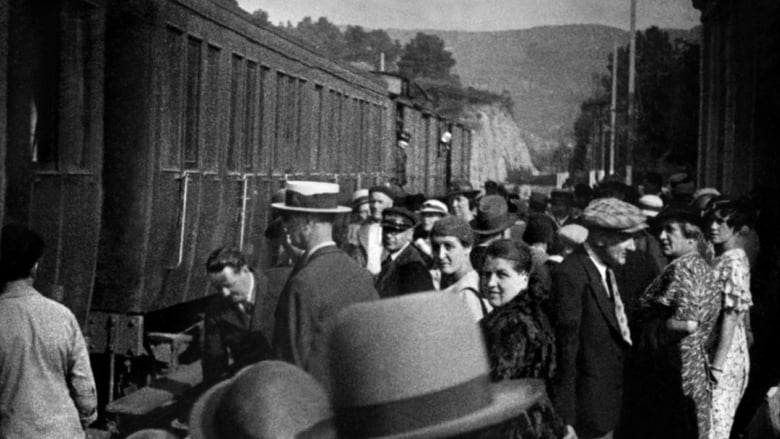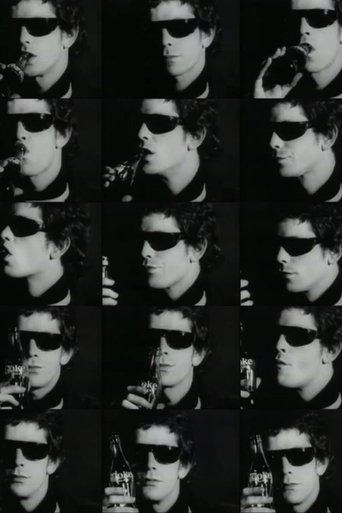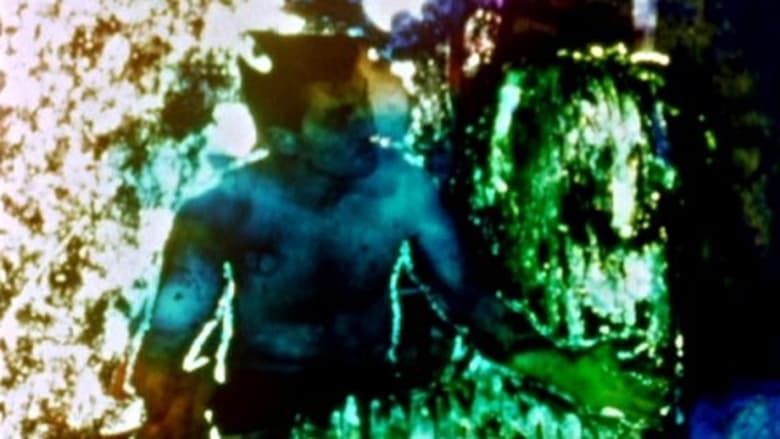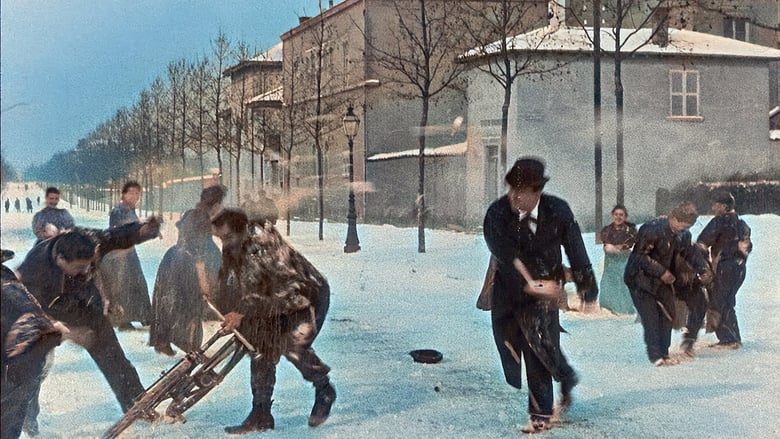Likely in June 1897, a group of people are standing along the platform of a railway station in La Ciotat, waiting for a train. One is seen coming, at some distance, and eventually stops at the platform. Doors of the railway-cars open and attendants help passengers off and on. Popular legend has it that, when this film was shown, the first-night audience fled the café in terror, fearing being run over by the "approaching" train. This legend has since been identified as promotional embellishment, though there is evidence to suggest that people were astounded at the capabilities of the Lumières' cinématographe.


Similar titles

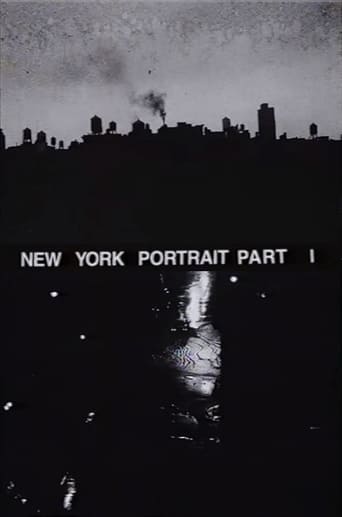
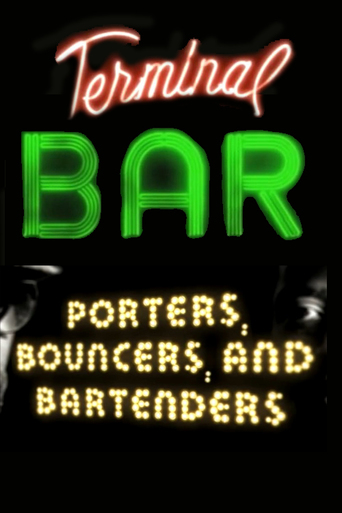
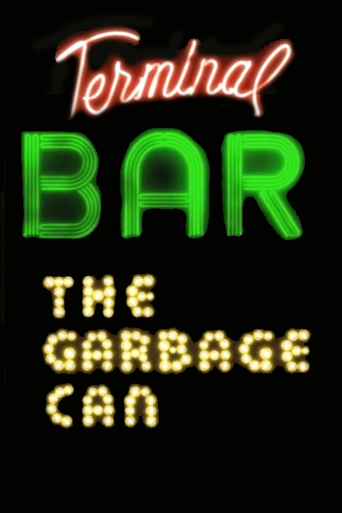
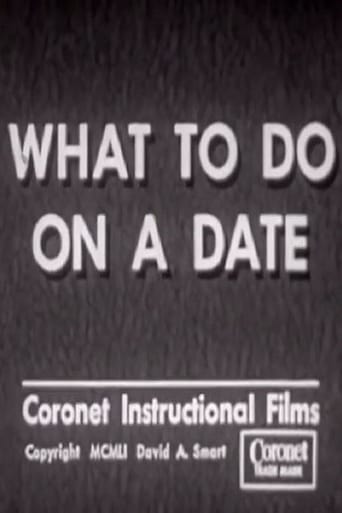
Reviews
So here I am, finally reviewing one of the first early films I ever saw in mah life! Whoa, why the heck did I save this movie for my 165th review on this site? That's like callin' this a bad movie, which it ain't at all; it is an awesome historical landmark that is not only a great look at life in 1896, but is also a film that totally freaked out audiences when they viewed it!!!! Yeah, so "Arrival of a Train at la Ciotat" doesn't actually tell us anymore than what the title says, but that image of the train arriving, actually, truly (well, if you'd like to believe it) made people panic and scream (and maybe even faint). Read the title of this review. Yes, THAT'S basically what people yelled when they first saw this.But how could this cause such a panic? I mean it's only a train in a station!Well, look at the angle of the camera. It is stationed so that the train comes diagonally towards the screen. So, if you lived in the 1890s, this short, 50 second bit of everyday life just might freak you out (but it has no effect at all today). This is why some people are calling this one of the first horror films. I, personally, do not exactly believe this is the first horror film; in my opinion the first horror film was Edison's "The Execution of Mary, Queen of Scots". And, as a film itself, the action is interesting because it showed you what happened one day at La Ciotat, France. That alone could be a real reason to watch this.This film was copied by many later filmmakers, which is more proof how famous it was. People such as Melies ("The Arrival of a Train at Vincennes Station" and "The Arrival of a Train, Joinville Station") Robert Paul (The Countryman and the Cinematograph) and even Lumiere himself (Arrival of a Train at la Perrache) created many remakes of this subject. This makes "Arrival of a Train at la Ciotat" probably the Lumiere Bro's most famous short film ever. If you want to begin watching silent shorts, this one is a great start.
As a huge film buff, I'm a little surprised myself at the rating I gave it.The reason I gave it a 5 is because I believe the ratings system is to determine the QUALITY of the movies, and not to signify the importance of them. Yes, this film is a classic and a technical masterpiece (considering the time, at least). But as a fully-fledged MASTERPIECE, I would think before calling it that. Yes, film had only recently been discovered, and people were looking for new ways to use film, so storytelling was still out of frame. (Amazing, right?) So at the time, the very notion of a moving resemblance of real life being thrown on to a wall from a hypermagical light machine was enough to instantly consider any film a masterpiece. But now, 120 years later, we've come to find so much more can be done with film and storytelling, that this seems just a memento of a then-blossoming technique which would soon change the face of media, period.But to the point.Would you call cave art from 10,000 years ago "Great Art"? Important, yes, but great? It was great at the time when humanity found the now taken-for-granted freedom of expression, but looking from today's standpoint, it's just some sloppy sketches of buffaloes, humans, and God knows what else. Same goes here. It is undeniably a monumentally important film that should never be forgotten, but calling it a good movie would just be silly.So it's easy to give a 10 out of duty to history, and I'm not blaming any of you for doing that. I'm just stating my opinion on the film, and my reasons for it. I have given half of the rating grace to signify what the film represents for people then and now, but for the other 5 stars, I just can't bring myself to call it a genuinely good movie.g'day
Among the preserved films in the "Saved from the Flames" DVD collection was this early August and Louis Lumiere clip that simply depicted a train arriving with the passengers getting off unaware they're being filmed with their faces about to be immortalized for future film archivists. According to legend, first-time audiences fled their seats (if not the theatre) thinking the train was going to come after them! While I've no doubt some truth was in that statement concerning less sophisticated viewers, I'm also sure many of them were aware it was just a moving picture projection and just sat down for some entertainment. Anyway, this 1-minute short is worth a look as historical artifact.
On December 28, 1895, at Paris's Salon Indien Du Grand Café, the brothers Auguste and Louis Lumière transformed the industry of entertainment when they did a demonstration of their new invention. The brothers projected a series of images on a screen, but those images were nothing like a normal slide-show, those images were moving as if they were alive. While the idea of motion pictures wasn't new to the audience (Edison's Kinetoscope was a popular entertainment), the devise's ability to project them on a screen was something they had never seen before. 10 short films of barely a minute of duration each were shown that day, and the invention proved to be an enormous success for the brothers, so immediately they decide to keep making movies in order to improve their catalog. One of those new movies would become the first iconic image of the new art."L' Arrivée d'un train à La Ciotat" (literally, "Arrival of a Train at La Ciotat") is without a doubt, one of the most famous films in history, as its image of a train arriving to the station, passing very close to the camera as it slows its speed, quickly became an iconic scene of the new invention. While initially conceived as just another one of the brothers' many "actuality films", it's clear that director Louis Lumière knew exactly where to put his camera in order to get the best image of the event as the film shows he had a good idea of the use of perspective (many consider it a study about long shot, medium shot and close-up). As a side-note, this is the film that originated the classic urban legend about people running away scared from the arriving train, thinking it was a real locomotive what was appearing on the screen. While this famous tale has been debunked by historians as a fake story, it's existence is another testament of this movie's importance and continuous influence on the younger generations. Among the many different art-forms that we can find today, cinema is perhaps the one that better reflects the modern society that arose after the industrial revolution of the 19th Century; because, as painting and sculpture did before, it has become a keeper of the most representative icons of our history. "L' Arrivée d'un train à La Ciotat" was not the first movie the brothers screened, and it definitely wasn't the first movie ever made, but despite those details, the image of the arriving train represents the first icon of cinema, and literally, the arrival of a new art form. 9/10
